
Value Added Tax (United Kingdom)
Value Added Tax (VAT) is a tax on consumption levied in the United Kingdom by the national government. It was introduced in 1973 and is the third largest source of government revenue after income tax and National Insurance. It is administered and collected by HM Revenue and Customs.
VAT is levied on most goods and services provided by registered businesses in the UK and some goods and services imported from outsidethe European Union.[1] There are complex regulations for goods and services imported from within the EU. The default VAT rate is the standard rate, 20% since 4 January 2011. Some goods and services are subject to VAT at a reduced rate of 5% (such as domestic fuel) or 0% (such as most food and children’s clothing). Others are exempt from VAT or outside the system altogether.
Under EU law, the standard rate of VAT in any EU state cannot be lower than 15%.[2][3] Each state may have up to two reduced rates of at least 5% for restricted list of goods and services.[3] The European Council must approve any temporary reduction of VAT in the public interest.[2]
VAT is an indirect tax because the tax is paid to the government by the seller (the business) rather than the person who ultimately bears the economic burden of the tax (the consumer).[2] It is also a regressive tax: the poorest people spend a higher proportion of their disposable income on VAT than the richest people.[4]
Contents[hide] |
[edit]History
Prior to 1973, the UK had a consumption tax called Purchase Tax which was levied at different rates depending on the goods’ luxuriousness.[2] On 1 January 1973 the UK joined theEuropean Economic Community and as a consequence Purchase Tax was replaced by Value Added Tax on 1 April 1973.[2][5][6] The then Conservative Chancellor Lord Barber set a single VAT rate (10%) on most goods and services.[2][5][6]
In July 1974, Labour Chancellor Denis Healey reduced the standard rate of VAT from 10% to 8% but introduced a new higher rate of 12.5% for petrol and some luxury goods.[2][5][7]In November 1974 Healey doubled the higher rate of VAT to 25%.[5] Healey reduced the higher rate back to 12.5% in April 1976.[5][7][8]
Conservative Chancellor Geoffrey Howe increased the standard rate of VAT from 8% to 15% and abolished the higher rate in June 1979.[2][5][9] The rate remained unchanged until 1991, when Conservative Chancellor Norman Lamont increased it from 15% to 17.5%.[2][5][9] The additional revenue was used to pay for a reduction in the hugely unpopular poll tax.[9] During the 1992 general election the Conservatives promised not to extend the scope of VAT, but, in March 1993, Lamont announced that domestic fuel and power, which had previously been zero-rated, would have VAT levied at 8% from April 1994 and the full 17.5% from April 1995.[6][10] The planned introduction of VAT on domestic fuel and power went ahead in April 1994, but the increase from 8% to 17.5% in April 1995 was scuppered in December 1994, after the government lost the vote in parliament.[5][10]
In its 1997 general election manifesto, the Labour Party pledged to reduce VAT on domestic fuel and power to 5%.[11] After gaining power, the new Labour Chancellor Gordon Brownannounced in June 1997 that the lower rate of VAT on domestic fuel and power would be reduced the from 8% to 5% with effect from 1 September 1997.[12] [13] In November 1997, Brown announced that the VAT on installation of energy saving materials would be reduced from 17.5% to 8% from 1 July 1998. Brown subsequently reduced VAT from 17.5% to 8% on sanitary protection products (from 1 January 2001); children’s car seats (from 1 April 2001); conversion and renovation of certain residential properties (from 12 May 2001); contraceptives (from 1 July 2006); and smoking cessation products (from 1 July 2007).
In response to the late-2000s recession, Labour Chancellor Alistair Darling announced in November 2008 that the standard rate of VAT would be reduced from 17.5% to 15% with effect from 1 December 2008.[14][15] In December 2009, Darling announced that the standard rate of VAT would return to 17.5% with effect from 1 January 2010.[16][17]
In the run up to the 2010 general election there were reports that the Conservatives would raise VAT if they gained power.[18][19][20] The party denied the reports.[21][22] Following the election in May 2010, the Conservatives formed a coalition government with the Liberal Democrats and in June 2010 Conservative Chancellor George Osborne announced that the standard rate of VAT would increase from 17.5% to 20% with effect from 4 January 2011.[23][24]
[edit]Operation
All businesses that provide “taxable” goods and services and whose turnover exceeds the threshold must register for VAT.[1] The threshold has been £73,000 since April 2011. It is by far the highest VAT registration threshold in the world.[2] Businesses may choose to register even if their turnover is less than that amount. All registered businesses must charge VAT on the full sale price of the goods or services that they provide unless exempted or outside the VAT system. The default VAT rate is the standard rate, currently 20%.[1]Some goods and services are charged lower rates (reduced or zero).
Registered businesses must pay over to HMRC the VAT they have charged on their goods or service (known as output tax) but they may offset this with the VAT they have incurred on goods or services they have purchased (known as input tax).
Businesses that sell exempt goods or supplies, such as banks, may not register for VAT or reclaim VAT that they have incurred on purchases.[1] Businesses that sell someexempt goods or supplies may not be able to reclaim the VAT on all of their purchases. However, businesses that sell zero-rated goods or supplies, such as food producers or bookseller, may reclaim all the VAT they have incurred on purchases.
[edit]Rates
There are currently three rates of VAT: standard (20%), reduced (5%) and zero (0%).[1] In addition some goods and services are exempt from VAT or outside the VAT system.[1]
The following are the rates applicable to some common goods and services:[25]
| Standard Rated Alcoholic drinks Biscuits (chocolate covered only) Bottled water (inc. mineral water) Calendars & diaries Carbonated (fizzy) drinks CDs, DVDs & tapes Cereal bars Chocolate Clothes & footwear (not for children under 14) Confectionery/sweets Electrical goods Electricity, gas, heating oil & solid fuel (business) Food & drinks supplied for consumption on the premises (at restaurants, cafes etc) Hot take-away food & drinks (inc. burgers, hot dogs, toasted sandwiches) Ice cream Fruit juice & other cold drinks (not milk) Nuts (shelled, roasted/salted) Potato crisps Prams & pushchairs Road fuel (petrol/diesel) Salt (non-culinary) Stationery Taxi fares Tolls for bridges, tunnels & roads (privately operated) Water (industrial) |
Reduced Rated Children’s car seats Electricity, gas, heating oil & solid fuel (domestic/residential/chairty non-business) Energy saving materials (permanently installed in residential/charity premises) Maternity pads Mobility aids for the elderly Sanitary protection products Smoking cessation products |
Zero Rated Aircraft (sale/charter) Bicycle & motorcycle helmets Biscuits (not chocolate covered) Books, maps & charts Bread, rolls, baps & pita bread Brochures, leaflets & pamphlets Building services for disabled people Cakes Canned & frozen food (not ice cream) Cereals Chilled/frozen ready meals, convenience foods Clothes & footwear (for children under 14 only) Construction & sale of new domestic buildings Cooking oil Donated goods sold at charity shops Eggs Equipment for disabled people (inc. blind/partially sighted) Fish (inc. live fish) Fruit & vegetables Live animals for human consumption Meat & poultry Milk, butter, cheese Newspapers, magazines & journals Nuts & pulses (raw for human consumption) Prescription medicine Protective boots & helmets (industrial) Public transport fares (bus, train & tube) Salt (culinary) Sandwiches (cold) Sewerage (domestic & industrial) Shipbuilding (15 tonnes or over) Tea, coffee & cocoa Transport in a vehicle, boat or aircraft (not fewer than ten passengers) Water (household) |
Exempt Antiques, works of art or similar Burial or cremation (human) Commercial land & buildings (selling/leasing/letting) Cultural events operated by public bodies (museums, art exhibitions, zoos & performances) Education, vocational training, research Financial services (money transactions, loans/credits, savings/deposits, shares/bonds) Funeral plan insurance Gambling (betting, gaming, bingo, lottery) Health services (doctors, dentists, opticians, pharmacists & other health professionals) Insurance Medical treatment & care Membership subscriptions Postage stamps Postal services (Royal Mail/other licensed operators) Sports activities & physical education TV licence |
Outside Goods & services sold outside the EU Goods & services supplied by unregistered supplier Statutory fees & services (MOT testing, congestion charge etc) Tolls for bridges, tunnels and roads (operated by public authorities) Voluntary donations to charity |
|
[edit]Revenue
VAT revenue since 1978/79 as a percentage of total government revenue:[26]
| Year | VAT (£bn) | % | Year | VAT (£bn) | % | Year | VAT (£bn) | % | Year | VAT (£bn) | % |
|---|---|---|---|---|---|---|---|---|---|---|---|
| 1978/79 | 4.9 | 7.02% | 1988/89 | 27.2 | 13.81% | 1998/99 | 52.3 | 15.60% | 2008/091 | 78.4 | 14.77% |
| 1979/80 | 8.0 | 9.41% | 1989/90 | 29.6 | 14.02% | 1999/00 | 56.4 | 15.73% | 2009/101 | 63.7 | 12.84% |
| 1980/81 | 11.1 | 11.00% | 1990/91 | 30.9 | 13.94% | 2000/01 | 58.5 | 15.30% | 2010/111 | 73.4 | 13.89% |
| 1981/82 | 11.9 | 9.95% | 1991/92 | 35.3 | 15.25% | 2001/02 | 61.0 | 15.66% | 2011/121 | 79.5 | 13.79% |
| 1982/83 | 13.8 | 10.63% | 1992/93 | 37.2 | 16.36% | 2002/03 | 63.5 | 16.03% | 2012/131 | 83.8 | 13.52% |
| 1983/84 | 15.3 | 11.09% | 1993/94 | 39.2 | 16.67% | 2003/04 | 69.1 | 16.36% | 2013/141 | 87.7 | 13.26% |
| 1984/85 | 18.6 | 12.59% | 1994/95 | 41.7 | 16.30% | 2004/05 | 73.0 | 16.11% | |||
| 1985/86 | 19.4 | 12.29% | 1995/96 | 43.1 | 15.58% | 2005/06 | 72.9 | 14.98% | |||
| 1986/87 | 21.3 | 12.94% | 1996/97 | 46.6 | 16.14% | 2006/07 | 77.4 | 14.89% | |||
| 1987/88 | 24.2 | 13.53% | 1997/98 | 50.6 | 16.00% | 2007/08 | 80.6 | 14.71% |
1. Estimated
[edit]Avoidance, evasion and fraud
The UK government loses billions in revenue each year due to VAT avoidance, evasion and fraud. In 2006 the loss was estimated to be between £13bn and £18bn, equivalent to £1 for every £6 of VAT due.[27] The bulk of the lost revenue, about £1 in every £8 of VAT due, is due to evasion.[28] Evasion, which is illegal, occurs when registered businesses don’t pay over to HMRC all the VAT they should pay over. This can be done by understating sales or overstating purchases. Evasion also occurs when businesses don’t charge VAT on goods and services they provide even though they are legally obliged to. Cash-in-hand jobs by tradesmen may indicate VAT evasion.[29]
In recent years carousel fraud (also known as missing trader fraud) has increased. Criminal gangs trade goods, such as mobile phones, across EU countries.[30] They don’t have to pay VAT as imports from the EU are exempt. The fraud occurs when the criminals sell the goods with VAT in the UK but fail to pass the VAT to HMRC.[30] The goods are often shipped round and round EU countries by criminal gang networks, hence the “carousel” name.[31] According to the HMRC between £1.1bn and £1.9bn tax revenue was lost in 2004/05 due to carousel fraud.[31] The European Union Emission Trading Scheme has been plagued by carousel fraud.[32][33]
A loophole in VAT law – the Low Value Consignment Relief (LVCR) – means that goods imported from outside the EU and costing less than a set amount aren’t subject to VAT.[34]When the LVCR was introduced in 1983 it was set at about £5 but gradually rose to £18.[35] In March 2011 the government announced that the LVCR would reduce from £18 to £15 from 1 November 2011.[35] The LVCR has allowed online retailers of DVDs and CDs to avoid VAT by importing the goods from the Channel Islands, which are not part of the EU. Major retailers involved in this tax avoidance include Amazon, Asda, HMV, Play.com, Tesco, W H Smith and Woolworths.[36] The tax avoided each year due to LVCR was estimated to be £85m in 2005, £110m in 2008, £130m in 2010 and £140m in 2011.[34][35][37] The government has announced plans to close the loophole.[37]
[edit]Criticism
Opponents of VAT claim VAT is regressive and is paid by all consumers whether they be rich or poor, young or old.[6] The poorest also spend a higher proportion of their disposable income on VAT than richest.[4] An Office for National Statistics report showed that in 2009/10 the poorest 20% spent 8.7% of their gross income on VAT whereas the richest 20% spent only 4.0% of their gross income on VAT.[38] Similarly, the poorest 20% spent 9.7% of their disposable income on VAT whereas the richest 20% spent only 5.2% of their disposable income on VAT.[38] Supporters of VAT claim VAT is progressive as consumers who spend more pay more VAT.[2]
The zero rating of food and allowing businesses to reclaim input VAT means that the government in effect subsidises the food industry.[2] Critics also argue that VAT is double taxation as consumers pay for goods and services using income that has already been taxed.[2] It is also argued that VAT is an inefficient tax due to the numerous exemptions and concessions.[6]
It could also be argued that, compared to its predecessor Purchase Tax, VAT has encouraged the “throwaway society”.Purchase Tax imposed high rates on new goods (especially luxury goods) but did not apply to repair services.VAT has increased the cost of repairs and encouraged consumers to replace goods rather than have them repaired.VAT also covers second-hand goods (which Purchase Tax did not) and has discouraged the re-use of goods through the second-hand market.


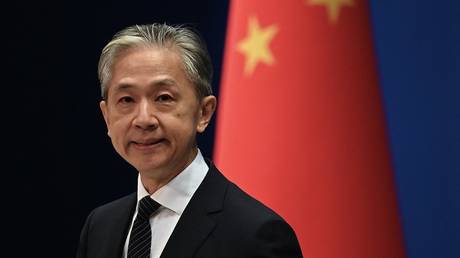
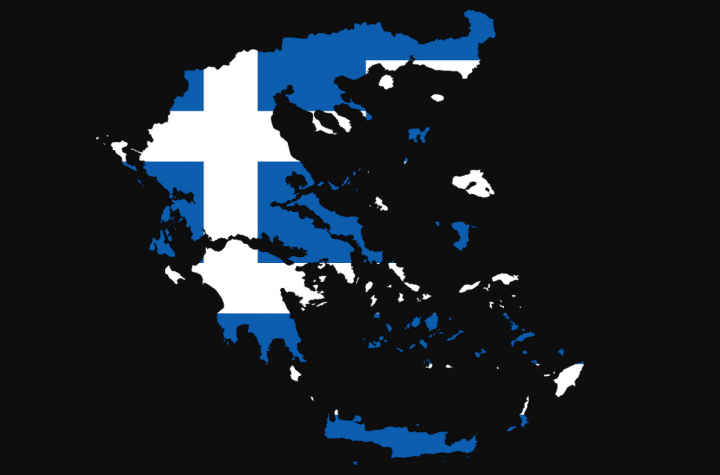
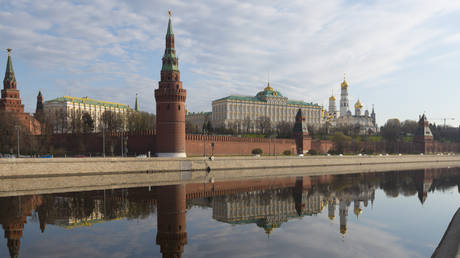
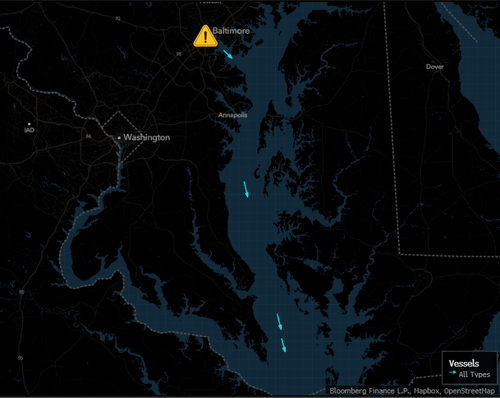

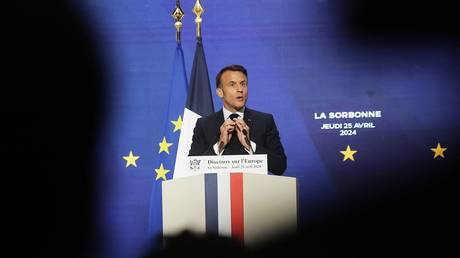
0 thoughts on “VAT – UK VAT Information from Wikipedia”